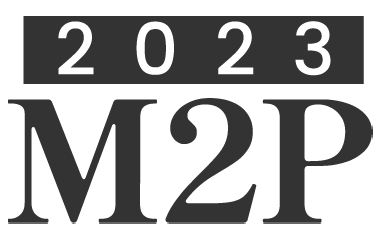
A Reduced-Order Model for Complex Domain Problems in the Time- Continuous Space-Time Setting
Please login to view abstract download link
When using simulation-based methods, one faces many challenges, two of which are relevant to this work. The first challenge are applications that involve transient phenomena and complex domain deformations, possibly including topology changes. Thus, the computational model needs to be capable of appropriately handling both the corresponding mesh and the unsteady solution field. As a second challenge, the computational resources and the time required for evaluating the model can be critical. On the one hand, this is relevant when many different configurations or operating points need to be studied; for example in optimization or uncertainty quantification (UQ) scenarios. On the other hand, fast feedback times of the model are essential in in-line procedures, such as automatic control. All these cases have in common that (1) they can be characterized as so-called many query scenarios, in which one needs to perform a great number of model evaluations and (2) that the problems involved are formulated in a parametric manner. Here, employing highly resolved or full-order models (FOMs) may be infeasible due to a lack of sufficient resources. As a remedy, parametric reduced-order models (ROMs) are constructed to lower the computational demands, while maintaining a desired level of accuracy. We address both types of complexity here and present a model order reduction (MOR) approach for transient problems including deforming domains with topological changes. The underlying FOM is constructed using the time-continuous space-time finite element method. Building on this FOM, we follow a projection-based MOR approach using proper orthogonal decomposition (POD). This particular combination of the resulting FOM and the MOR approach chosen here comes with the benefit that a ROM can be obtained in a straightforward manner, what otherwise would be quite involved for transient deforming domain problems including changes in the spatial topology. We will present results for two examples of transient fluid flow in complex geometries as representatives for problems present in engineering or biomedical applications. The geometric complexity is caused by the movement of a valve plug or the deformation of flexible artery walls. For both cases, an error and performance analysis of the respective ROM is performed to demonstrate the reduction with respect to the computational expense as well as the preservation of an adequate accuracy level.


